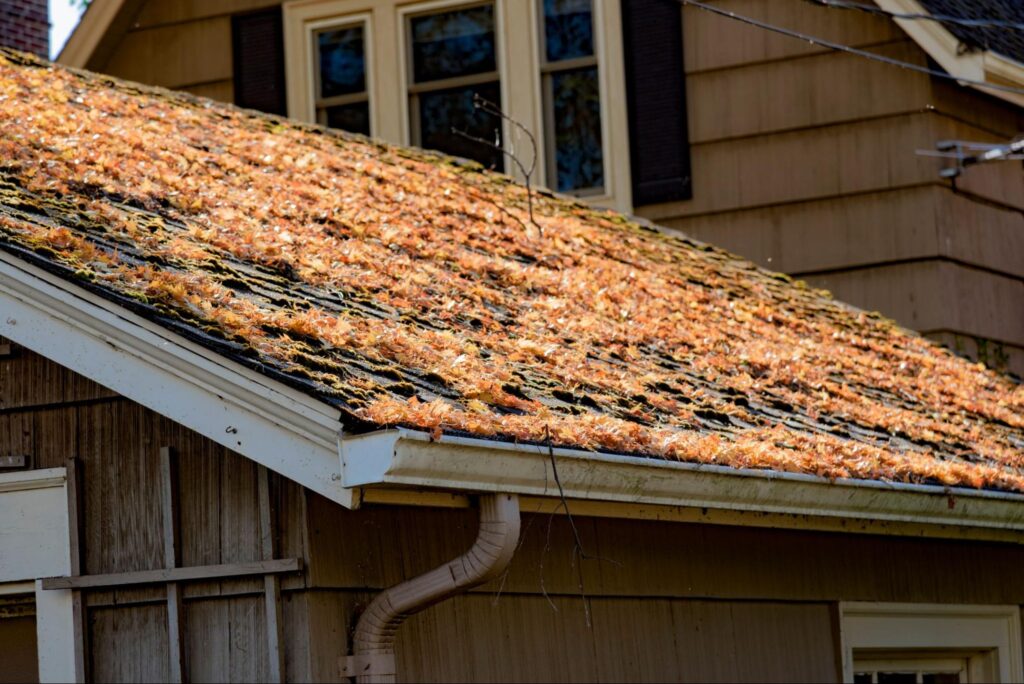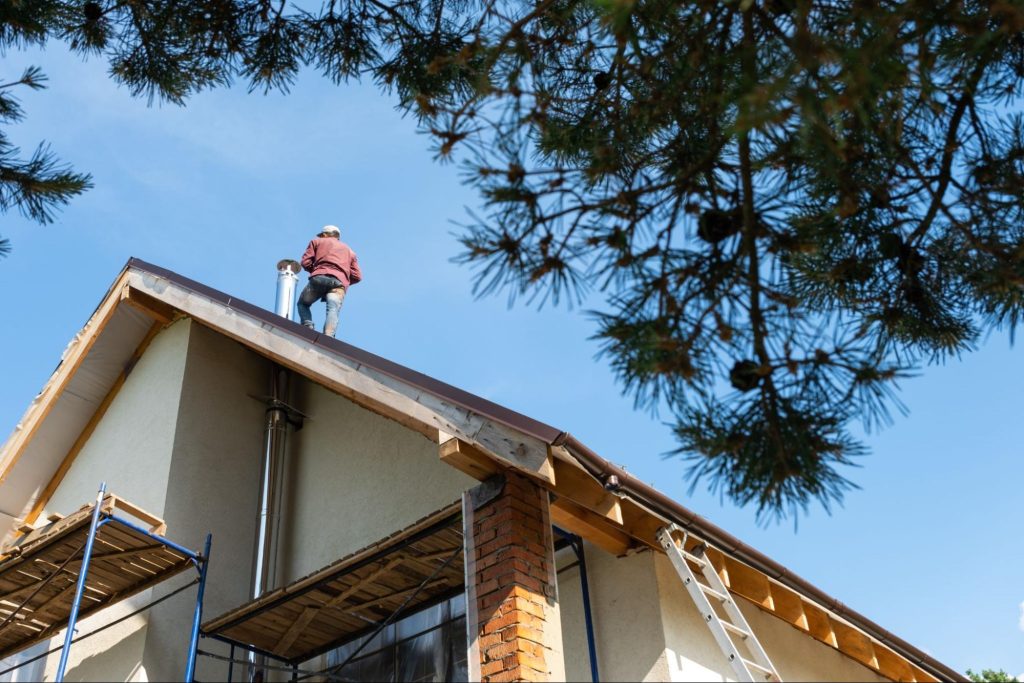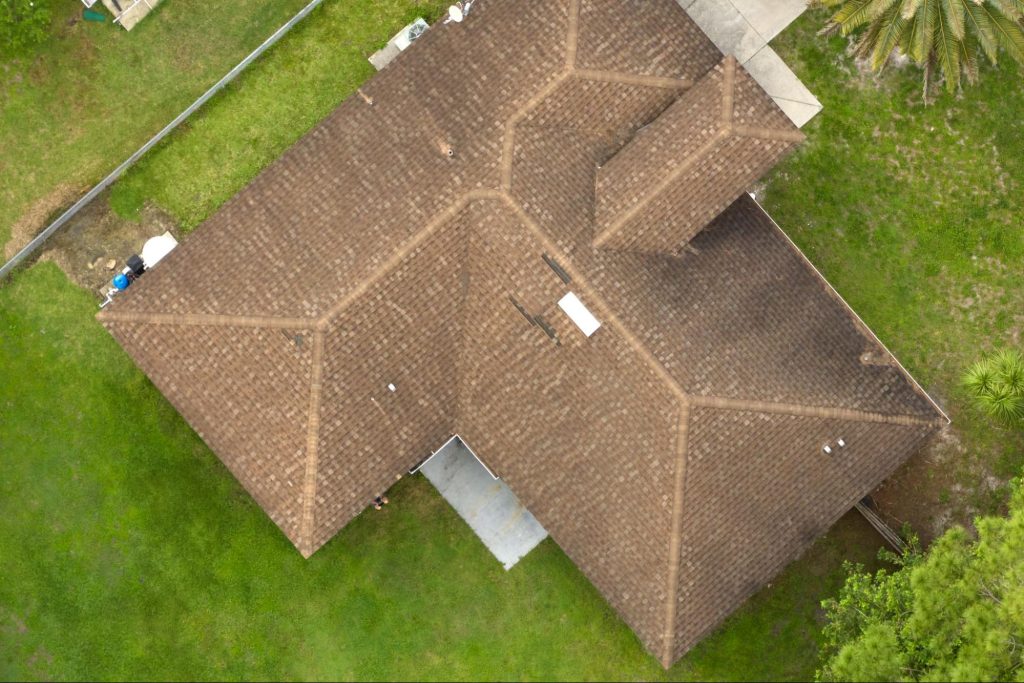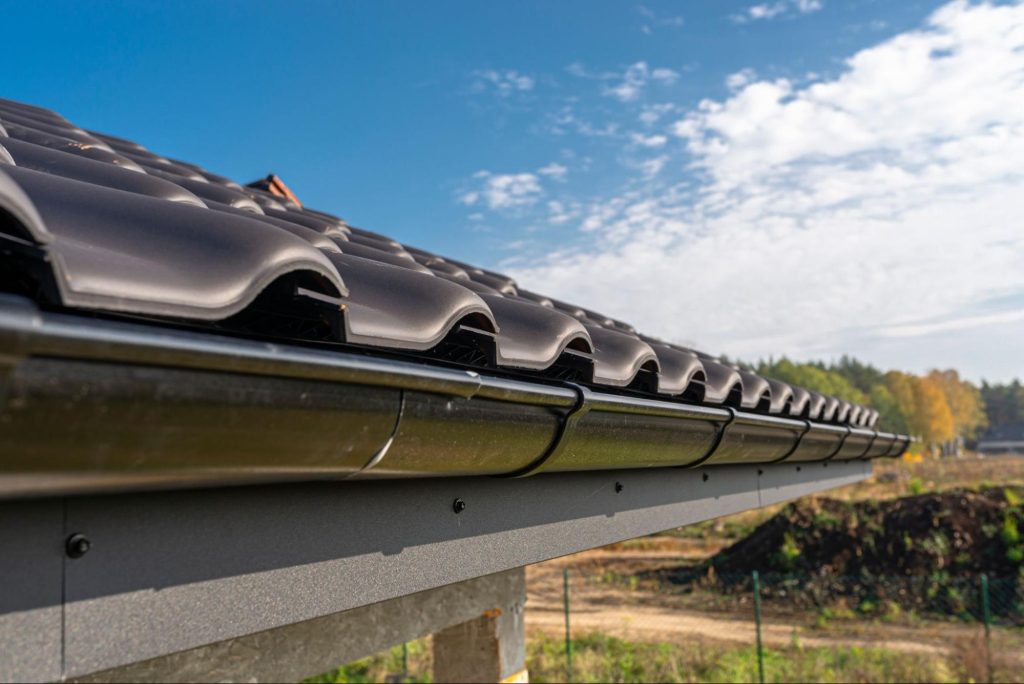What Homeowners Should Know About a Long-Term Roof Replacement Schedule
A home’s roof isn’t just part of the structure; it’s a shield that keeps everything inside safe and secure. Over time, even the toughest roofing materials start to break down. Many homeowners don’t think about their roofs until a leak appears or shingles start flying off. Waiting until something goes wrong costs more, creates stress, and puts your home at risk. A long-term roof replacement schedule isn’t just helpful; it’s a key strategy for savvy homeowners to stay one step ahead. Why a Roof Replacement Schedule Matters Planning your roof’s future is more than just being prepared; it’s about control. Instead of reacting to disasters, you steer the timeline, the cost, and the outcome. Roofs have predictable life cycles, but too many people ignore the warning signs until it’s too late. A roof replacement schedule turns guesswork into a plan that protects your home and budget. Your Roof Isn’t Built to Last Forever Roofs break down like anything exposed to sun, wind, and rain. Asphalt shingles may last 20 years, while metal roofs can last up to 40 years. However, even the best roof eventually wears out. Minor damage can build up over time and become a major issue. Most leaks and rot happen after years of slow, hidden decay. Replacing your roof on time avoids that downward spiral. Predictable Maintenance Saves You Money Minor repairs now prevent substantial expenses later. A roof replacement schedule helps you handle costs before they spike. Emergencies are always more expensive than planned replacements. Roofers charge more during storms or peak seasons. You also avoid interior damage, such as ruined drywall or moldy insulation. Home Value and Insurance Depend on Roof Health Insurance companies often reduce coverage for aging roofs. They may even cancel policies if the roof looks worn. On the other hand, a newer roof lowers your premium. Buyers also consider the age of the roof during home inspections. A documented schedule shows them you’ve maintained your property. Understanding the Roof Replacement Timeline A roof replacement schedule starts with knowing what to expect. Different materials have different lifespans. Climate, roof design, and even tree coverage play a role. With this in mind, it’s easier to set realistic targets. Life Expectancy by Roofing Material Not all roofs age the same way. Asphalt shingles are an affordable option, but they typically last 15–25 years. Metal roofs can last 40 years or more with care. Tile and slate often last past 50 years, but they cost more upfront. Wood shakes last between 20 and 30 years if properly maintained. Your material choice affects everything from replacement timelines to savings. Factors That Affect Roof Longevity Quality installation is key. A poorly installed roof will fail more quickly, regardless of the material. Storms, snow, and direct sunlight also shorten lifespan. Homes in coastal or humid areas need more frequent inspections. Good attic ventilation and insulation slow wear from the inside out. Each of these variables should be part of your schedule planning. How to Create a Long-Term Roof Replacement Schedule You can’t build a reliable schedule without knowing your starting point. Assessing the current condition of your roof is the first step. From there, you can work with professionals or use digital tools to track repairs and plan future replacement dates. A proactive schedule is like a maintenance calendar with real consequences. Start With a Professional Roof Assessment Every long-term schedule starts with facts. Have a roofer inspect for damage, weak spots, and structural issues. They’ll check flashing, shingles, gutters, and attic ventilation. You’ll get a detailed report that helps set realistic expectations. Keep records from each visit to build a timeline. Use Time-Based and Condition-Based Triggers Mark the date of your roof’s installation, the warranty period, and the target replacement year. Record signs like missing shingles, mold, or water damage. Combine time-based goals with condition alerts to stay on top of changes and ensure timely updates. If a bad storm hits, do an unscheduled checkup—store pictures and notes in folders or digital trackers. Involve the Same Roofing Company Over Time Using one trusted roofer keeps things simple. They track your home’s history and know which issues keep recurring. They can recommend upgrades as materials improve. Long-term relationships often lead to better pricing and priority service. It also removes guesswork when you’re unsure who to call. Long-Term Cost Planning for Roof Replacement Many homeowners put off replacements due to the cost. But spreading expenses over time makes them more manageable. Planning for costs instead of reacting to them changes the whole experience, so you won’t feel caught off guard when the time comes. Understand the Full Cost of a Roof Replacement The cost depends on materials, square footage, and the complexity of the roof. Shingles are less expensive than slate or metal but require more frequent replacement. You’ll also pay for labor, removal of the old roof, and permits. Prices shift depending on the market and region. Get quotes every few years to stay updated. Save Over Time Instead of All at Once Set aside money in a dedicated home repair fund. It doesn’t have to be huge, just consistent. Even saving a little each month adds up by year ten or 15. This cushions you against price jumps and labor shortages. It also prevents you from needing emergency financing. Explore Flexible Financing Options If savings fall short, there are still options. Home equity loans and lines of credit often have low rates. Some roofing companies offer zero-interest financing or payment plans. Read the terms carefully to avoid high fees. Warranties may also cover partial costs if the installation was recent. Seasonal Checks in a Roof Replacement Schedule Regular checkups give you peace of mind. They catch problems before they get worse. Including these tasks in your long-term roof replacement schedule keeps things running smoothly year after year. What to Inspect Each Spring and Fall After storms, look for broken or curling shingles. Check flashing near chimneys and roof valleys. Clear debris from gutters and roof













